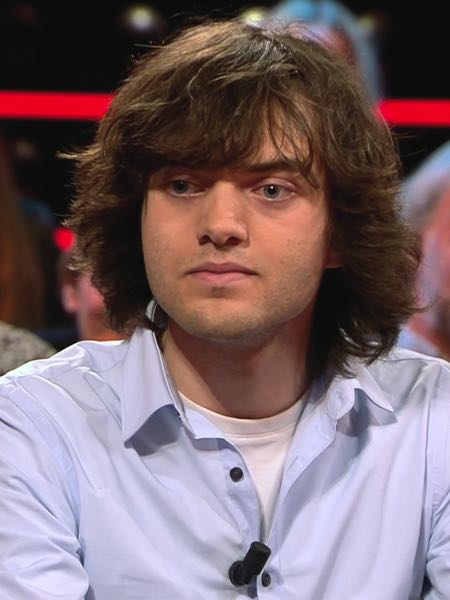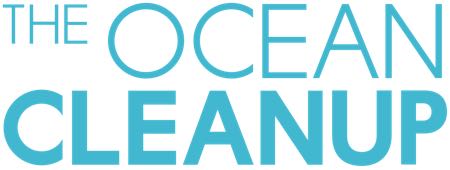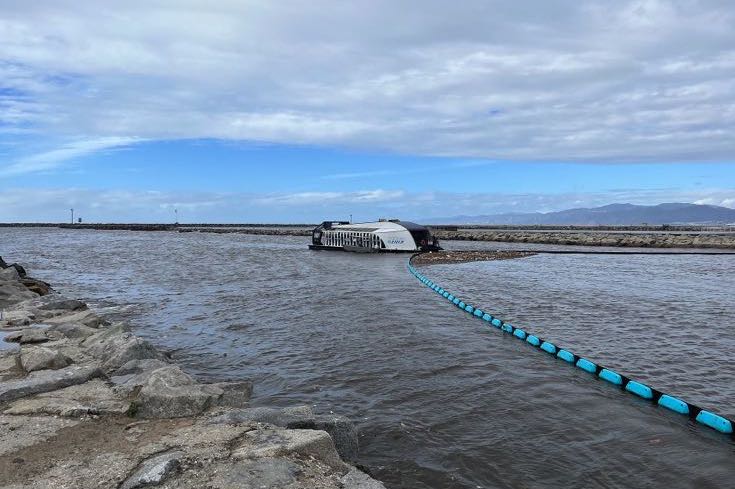There are some that don’t think that the world is at a point of crisis. They blithely ignore the warnings being given by the world’s best scientists about the likes of climate change and happily dump rubbish and sewage into the waters around the world, failing to realise that they are helping to kill the planet that we live on. Thankfully, there are others who are much more socially conscious, keen to ensure that there is a world for our children to live in many years from now. The Ocean Cleanup is a good example of the latter, working to clear up the rubbish that too many of us casually throw into the sea rather than the bin.
The Origins of the Project

In 2013, Boyan Slat, a Dutch inventor, decided to create the Ocean Cleanup in his hometown of Delft in the Netherlands. He was just 18-years-old at the time, yet he realised that big problems would require big solutions. With millions of tons of plastic entering the oceans every year, mainly from the rivers that feeds into them, he worked out that the plastic wouldn’t go away on its own. Whilst stopping people from putting plastic into the ocean would obviously be a starting point, we also need to work hard to remove the ‘legacy plastic’ that is already there and that will never degrade or disappear without the help of humans.
The result of his realisation was the foundation of a non-profit organisation that looks to develop and scale technology in order to help to get rid of the plastic that is poisoning our oceans. The company has a unique aim in the world of business: it wasn’t to be made obsolete by cleaning up the seas. For Slat, the problem was made clear when he was just 16, going scuba diving in Greece and seeing more plastic than he saw fish. He researched the plastic problem as part of a school project, discovering that plastic was accumulating in give large oceanic gyres; the largest of which was the Great Pacific Garbage Patch.
In 2012, Slat hosted a TEDx talk, in which he spoke about how we could use technology in order to get rid of the world’s plastic from the oceans. It was a talk that went viral, with the momentum that followed giving him the courage to leave school and setup the Ocean Cleanup. Making the project non-profit meant that the Ocean Cleanup is, and always has been, entirely dependant on donations from individuals, governments, institutions and corporations. It also means that the organisation is not beholden to any one person, allowing Slat to direct it in the manner that he sees fit to fulfil its ultimate purpose of cleaning up the planet.
How It Works
Realising that the plastic was mostly heading into the oceans via rivers was a key component of Slat’s early work, just as it was important to acknowledge that it was mostly collecting in the gyres. Once plastic is trapped somewhere it will start to breakdown, fragmenting into microplastics that are harder to clean up and easily mistaken for food by the various marine life that life in the oceans. Around 1% of the world’s rivers account for in the region of 80% of the plastic that flows into the ocean. As a result, Slat and his team developed what are known as ‘interceptors’, which are, as the name suggests, designed to intercept it early on.
The company’s aim is to see a 90% reduction of the floating ocean debris by 2040, largely thanks to the Interceptors being put in place in as many places as possible. There is also the small matter of cleaning up the massive ocean garbage patches, which isn’t easily done. The areas are huge in scope, making an effective cleanup of them extremely challenging. An energy-efficient solution is needed, which is where technology comes to the fore. A speed difference needs to be maintained between the cleanup system and the plastic, which will allow for the concentration of the plastic for extraction by the cleanup team.
What Happens to the Plastic
 Cleaning up the plastic is one thing, but it is obviously a durable material that needs to go somewhere. Initially, the Ocean Cleanup decided to turn the plastic that the company gathered into sunglasses. One pair of sunglasses used the equivalent of 24 football fields’ worth of the material, so it was a good use of the plastic that saw Yves Béhar design them in California before they were made in Italy by Safilo. They were themselves easily recyclable, ensuring they would not be added to the pile of plastic in the future. With 100% of the proceeds of the sale going back into the Ocean Cleanup, it was an ideal way of supporting the project.
Cleaning up the plastic is one thing, but it is obviously a durable material that needs to go somewhere. Initially, the Ocean Cleanup decided to turn the plastic that the company gathered into sunglasses. One pair of sunglasses used the equivalent of 24 football fields’ worth of the material, so it was a good use of the plastic that saw Yves Béhar design them in California before they were made in Italy by Safilo. They were themselves easily recyclable, ensuring they would not be added to the pile of plastic in the future. With 100% of the proceeds of the sale going back into the Ocean Cleanup, it was an ideal way of supporting the project.
The sunglasses sold out in February of 2022, with the equivalent of 500,000 football fields’ worth of plastic having been cleaned up. At that point, The Ocean Cleanup decided not to make any more products of their own but instead to partner with companies who would make use of the ocean plastic in the products that they make. The aim is to give value to waste, with the Ocean Cleanup looking to partner with companies that are environmentally conscious. By looking to turn the problem into a solution, the hope is that other companies will realise that there is a way of getting the most out of what would otherwise be little more than waste.
The Ocean Cleanup works with countless companies to carry out its mission, with each fitting into a category, such as Knowledge Partners, Cultural Partners and Global Mission Partners. Companies such as Maersk, Coca-Cola, Kia, Deloitte and Dropbox are all involved with the Ocean Cleanup in one way or another, as are the likes of GoPro, Microsoft, KLM, the Macquarie Group and Societe Generale. Countless people are also involved, making donations to help the cleanup of the rivers and oceans around the world, in the hope that it will allow us all to leave the next generations a healthier planet to live on.

